
Why is it important for twins to know their zygosity? TRA Deputy Director, Professor Jeff Craig, explains.
Is there much confusion among twins (and their families) about whether they are identical or fraternal?
There is! In a TRA study, we found one-third of twin participants (and one-third of parents of twins) were unsure or incorrect when asked to identify their zygosity prior to a DNA test.
Why does this confusion happen?
During a twin pregnancy and birth, medical professionals and parents may make incorrect assumptions. Twins believed to be born with one placenta, for example, may each of had a separate placenta that fused together during development. As they had one placenta, they are assumed to be identical twins. But if they each had a placenta and the twins are of the same sex, they could be fraternal or identical (as around one-third of identical twins each have separate placentas like fraternal twins). Learn more about different types of twins.
Essentially, it is impossible to use the number of placentas during pregnancy and birth to determine zygosity. The only way for same-sex twins – whether fraternal or identical – to be sure of their zygosity is through a DNA/zygosity test.
Why is it important to know zygosity?
Our study showed that it can have considerable impact on a twin’s physical and mental wellbeing.
- It can have implications for the bonding of twins
- Assessing disease risk
- The personal right to know their identity
- Legal and educational reasons
- Estimating the likelihood of the mother or close relatives giving birth to further sets of twins
- Tissue compatibility in organ transplantation
- Being able to answer questions from family, friends and others
How can twins undertake a zygosity test?
It is done through a DNA test, usually by collecting blood or cheek cell samples. TRA previously formed collaborations with zygosity testing providers to offer discounted rates for TRA members. Unfortunately, we do not have any discounts currently available. We are working on this and hope to provide discounted zygosity testing again soon. Stay tuned!

